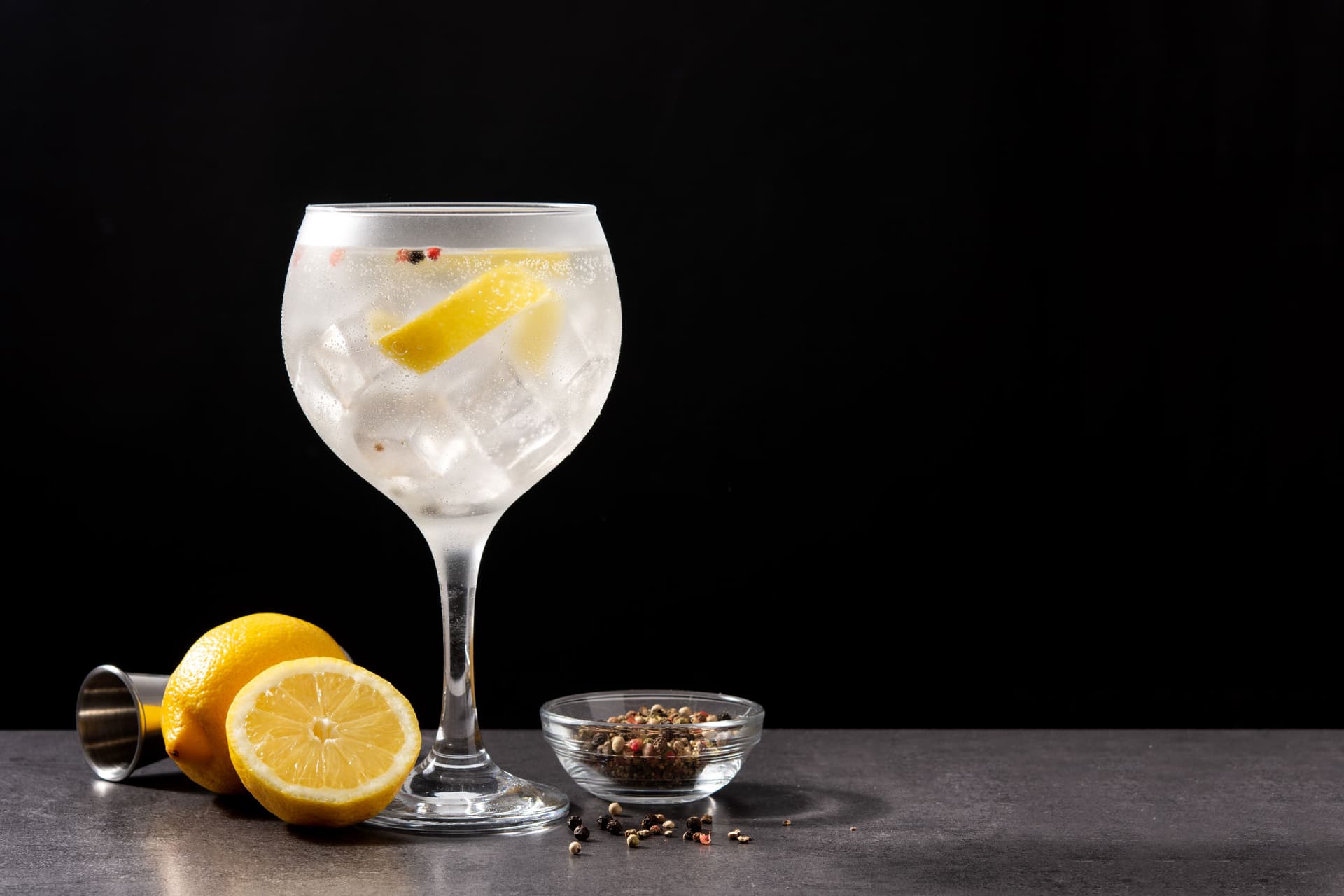Discover Tonic Water Uses Beyond The Classic Gin Pairing
Tonic water is valued as a mixer for its ability to blend seamlessly with a variety of flavours. Its balanced profile allows it to bring cohesion to complex drinks. When mixed, it combines elements by enhancing taste while maintaining clarity of flavour. The effervescence also gives structure to a drink, making each sip light yet layered.
With lots of cocktails using tonic water as a mixer, over time, it transitioned to a refined mixer appreciated for its depth and sophistication. Its flavour soon became a defining component of classic drink pairings, valued by mixologists for its taste and texture.
It is now used across both alcoholic and non-alcoholic serves to introduce balance, subtle complexity, as well as an elegant visual touch. Its adaptability allows it to pair effortlessly with fruits, herbs, and spices, giving mixologists a wide creative range. Tonic water’s enduring appeal lies in its ability to enhance without overpowering, bringing refinement to every modern serve.

12 Tonic Water Uses Beyond Gin And Tonic
- Tonic water’s crisp bitterness enhances citrus juices, giving mocktails and cocktails an edge. It balances the sweetness of fruits like orange or grapefruit, creating a bright, zesty drink ideal for brunch or gatherings.
- Pairing tonic water with herbs such as rosemary or basil releases fragrant oils, enriching the drink’s flavour layers. The slight quinine bitterness supports earthy undertones, turning herbal infusions into elevated drinks that are sophisticated - ideal for simple, garden-inspired recipes.
- Adding tonic water to muddled berries intensifies their tang while preventing the drink from becoming overly sweet. The bubbles lift berry aromas, resulting in a crisp, vibrant spritzer that is balanced—perfect for afternoon-themed parties.
- When added to chilled herbal or black tea, tonic water introduces effervescence and a subtle bite. This transforms regular iced tea into a more dynamic drink, bridging the taste of tea with the fizz of a sparkling beverage.
- Tonic water tempers the richness of tropical juices like pineapple or mango. Its dry flavour adds balance as well as depth, making the drink less sugary and more complex. This pairing works beautifully for creative non-alcoholic recipes.
- Mixing tonic water with cinnamon or clove-based syrups creates a spiced cocktail. The bubbles lighten the blend, while its bitterness complements spices, resulting in a balanced drink that suits winter gatherings or holiday menus.
- Blending chilled espresso and tonic water creates an unexpectedly smooth drink. The bitterness of both components merges into a sophisticated beverage which can be further mixed with Smirnoff vodka or any other neutral spirit, ideal for those who prefer layered, mature flavours without relying on sweetness.
- Tonic water’s dry character pairs perfectly with crisp cucumber slices. Its simplicity makes it a reliable option for minimalist, elegant settings.
- Infusing tonic water with edible flowers such as lavender or hibiscus offers aromatic visual appeal. The light carbonation lifts floral notes beautifully, turning an ordinary mocktail or cocktail into an ideal spring or garden party serve.
- Tonic water, chilled and garnished with citrus zest, works well between dessert courses. Its bitterness neutralises sweetness, preparing the taste buds for the next bite—making it a practical addition to refined dining setups.
- When frozen and scraped, tonic water turns into a chilled granita. Its slight bitterness prevents the ice from tasting overly sweet, making it a nice palate cleanser or creative addition to summer-themed menus.
- Freezing tonic water into ice cubes creates a subtle flavour enhancer for spirits served on the rocks. As the cubes melt, they infuse the drink with gentle bitterness as well as fizz without diluting too quickly. It keeps the serve crisp, aromatic, and perfectly balanced till the last sip.
*Drink Responsibly. This communication is for audiences above the age of 25.




